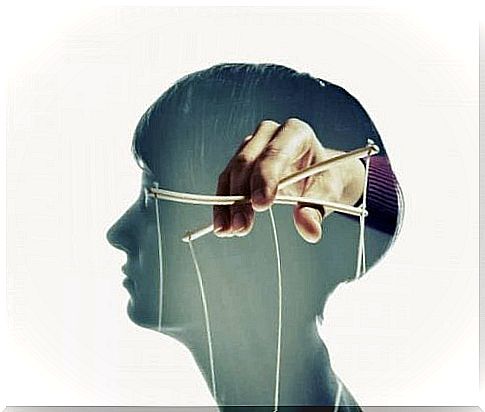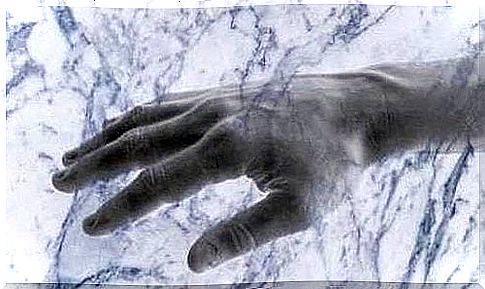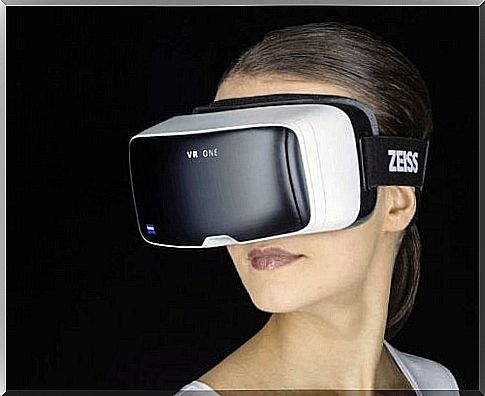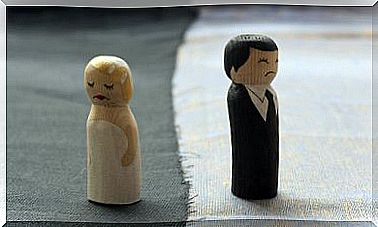Manipulating The Mind – 5 Experiments Show That It Works

The human mind never ceases to amaze us. Scientists have spent years studying it, but they are still far from unraveling its deepest secrets. The deeper you go, the more puzzles arise before you. Let’s just take the idea that your mind is allowing you to see what is real. Or the illusion that the more rational you think, the closer you are to the truth. Various experiments have shown that these assumptions are not true.
“Our senses are the bridge between the comprehensible and the incomprehensible.”
August Macke
There are many ways to fool the mind. Various studies have shown that it is possible to make people believe in things that are not real and to distort their perception of the real world. So the mind is not only concerned with organizing and thinking logically, but also with filling our world with fantasies.
In the following we will explain five such experiments.
1. The marble hand illusion
In 2014, a group of neuroscientists from Bielefeld University in Germany carried out an interesting experiment on perception. The scientists brought a group of volunteers together and had them sit down and put their hands on a table. Then they lightly hit the participants’ right hand with a small hammer while playing a sound like a giant hammer smashing a block of marble.

A few minutes later, all participants said that their hand felt stiffer, heavy and hard, as if it were made of marble. Their brains combined tactile and acoustic perception, and since the acoustic stimulus was stronger, it outweighed the tactile, creating the illusion of having a marble hand.
2. Prisoner’s Dilemma
The Prisoner’s Dilemma is a hypothetical situation in game theory that the best solution for all players requires cooperation in a competitive situation.
Assume that there are two prisoners who are accomplices in a crime. The two have been separated and are supposed to betray each other. They are offered several alternatives: One of them is to get free if they betray the other. If neither lets the other down, they both get away.
This was simulated as a real experiment, except that one prisoner was holding a hot object and the other was holding a cold object. The experiment was repeated with many inmates, and the result was always the same: the inmate holding the hot object behaved less selfishly. It seemed like temperature affected the way the mind processes information.
3. Effects of long-term isolation on the mind
Long-term isolation has been shown to have significant effects on the mind. A telling case is that of Sarah Shourd, who was captured and isolated for 10,000 hours for political reasons. She began to hallucinate to the point that she couldn’t tell if she was screaming herself or someone else.

Long-term isolation, along with darkness, has also been shown to cause serious changes in perception. The most significant example is that we lose our sense of time and our sleep-wake rhythm, and that what feels like a day can extend to 48 hours instead of 24 hours. Those affected keep about 36 hours of activity and 12 hours of sleep.
4. The McGurk Effect
Science tells us that the senses have a combined function. The sense of hearing is not independent of seeing, feeling or smelling. The brain combines sensory stimuli and perceptions and constructs an overall picture from them. For example, studies show that people feel more pain when they look at the needle during an injection than when they look away. Therefore, it is not so stupid to look the other way when you are about to be vaccinated. However, it’s stupid not to get vaccinated – but that’s another issue.
There were many experiments on this subject and different senses were tested. In an English study, steak was served in the dark and all subjects thought it was delicious. However, when the lights came on and they saw that the steak was blue, many felt sick.
5. The illusion of the invisible body
The human brain mixes reality with fantasies amazingly quickly. At the Karolinska Institute in Sweden, this idea was tested a few years ago by putting virtual reality glasses on a group of 125 volunteers. When the test subjects used this, they saw themselves sitting next to a person whom they were brushing with a brush, and with each stroke of the brush they disappeared a little more. At some point she touches a real person with a brush. The subjects then felt the touched area, probably to make sure that it had not disappeared.
They were later placed in front of an audience and their reactions to various stimuli were observed – before and after they became invisible. All showed a lower level of stress than they felt invisible.

As you can see, it is not that difficult to fool the mind. All of these experiments showed that our perception can be very different from reality. The studies mentioned here examined physical experiences, but also apply to abstract experiences. Believe it or not, you are probably not as close to reality as you think you are.









